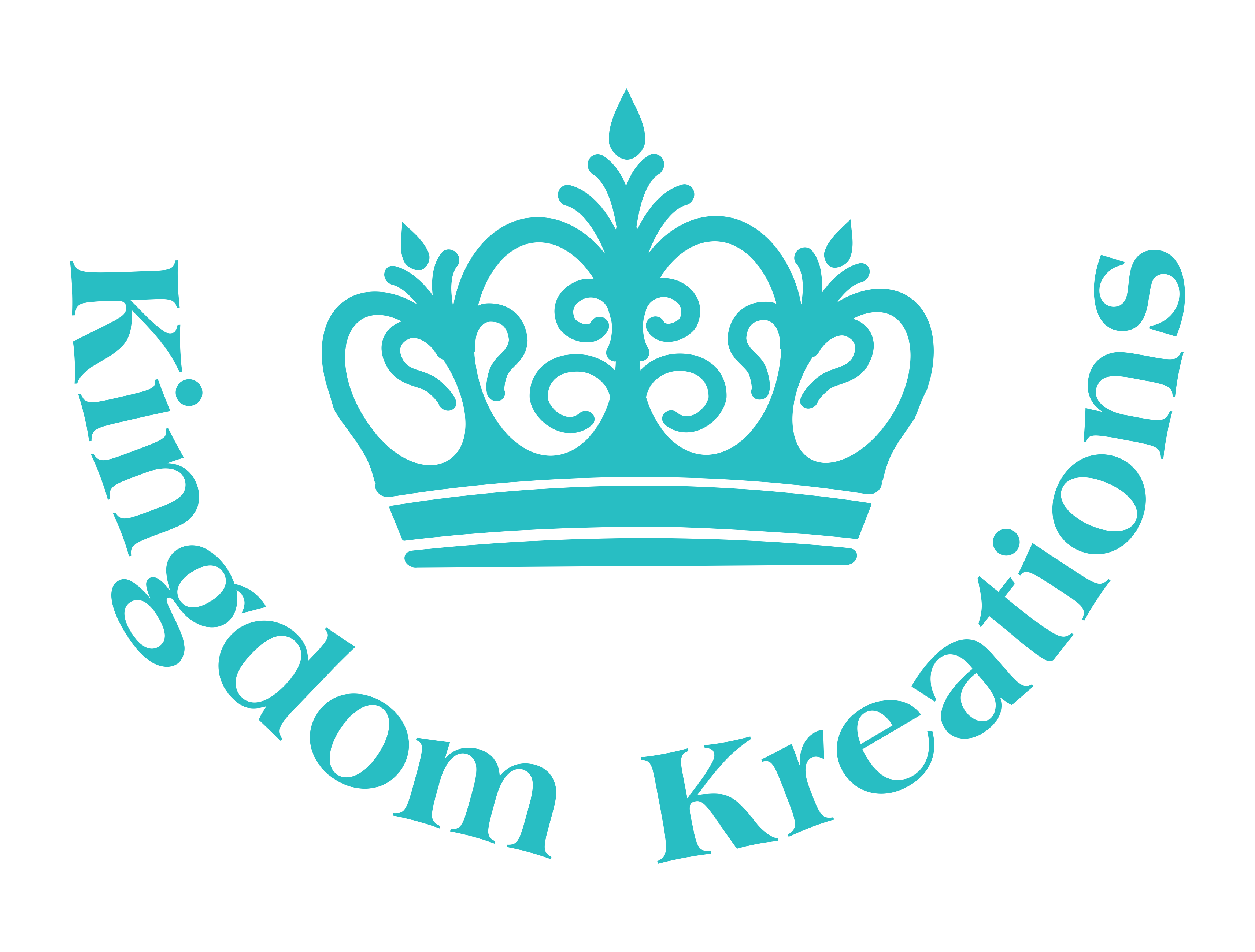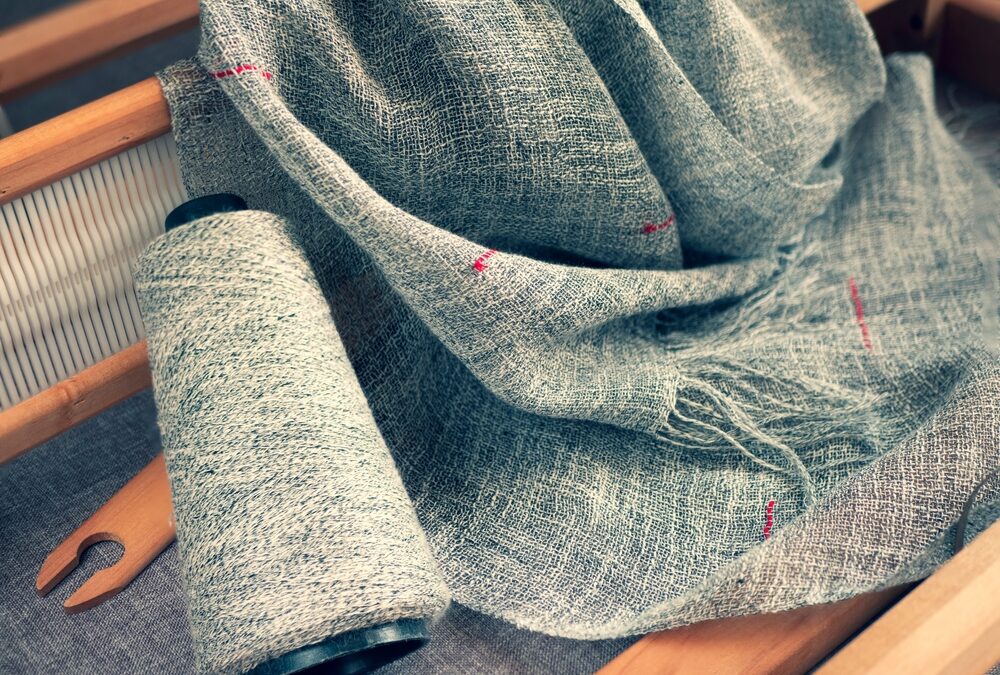Handwoven textiles are fabrics or materials created through the meticulous process of weaving, where individual threads are interlaced to form a cohesive and structured textile. What sets handwoven textiles apart from machine-made counterparts is the human touch, skill, and craftsmanship that goes into their creation. These textiles are often celebrated for their unique designs, durability, and cultural significance. Here, we’ll delve into the world of handwoven textiles, exploring their history, production process, uses, and cultural importance.
History of Handwoven Textiles:
The art of handweaving dates back thousands of years, with evidence of handwoven textiles found in ancient civilizations such as Egypt, Mesopotamia, and China. It has played a crucial role in the cultural, economic, and social development of communities worldwide. Handwoven textiles have been used for clothing, household items, ceremonial purposes, and even currency.
Production Process:
Creating handwoven textiles is a labor-intensive process that involves several key steps:
- Fiber Selection: The choice of fiber, whether natural (cotton, silk, wool, linen) or synthetic (polyester, nylon), greatly influences the texture, appearance, and feel of the final product.
- Spinning: Raw fibers are spun into threads or yarns, which can vary in thickness and texture. Spinning can be done using a spinning wheel or drop spindle.
- Dyeing: If color is desired, the yarns may be dyed using natural or synthetic dyes. This step adds vibrancy and visual interest to the textile.
- Warping: Threads are measured, aligned, and arranged on a loom in preparation for weaving. This process creates the textile’s lengthwise structure.
- Weaving: Weavers use a shuttle to pass weft threads (horizontal) through the warp threads (vertical) in various patterns, creating the fabric’s design and structure.
- Tension and Beating: Proper tension and beating (pressing down on the newly added weft threads) are crucial to maintain evenness and integrity in the textile.
- Finishing: After weaving, the textile may undergo processes like washing, pressing, and hemming to enhance its appearance and durability.
Uses of Handwoven Textiles:
Handwoven textiles have a wide range of applications:
- Clothing: They are used to create traditional clothing, ceremonial attire, and contemporary fashion pieces.
- Home Décor: Handwoven textiles adorn homes as rugs, wall hangings, curtains, tablecloths, and cushions.
- Accessories: Scarves, shawls, bags, and belts are often handwoven, showcasing unique designs.
- Cultural and Ritual Objects: Many cultures use handwoven textiles for religious ceremonies, weddings, and other cultural events.
- Art and Craft: Textile artists and artisans often incorporate handwoven fabrics into their artwork and crafts.
Cultural Importance:
Handwoven textiles are not only functional but also carry cultural significance:
- Cultural Identity: They often reflect the identity and traditions of the people who create them. Patterns, colors, and techniques can be distinctive to a particular region or community.
- Economic Impact: The production of these can be a source of income for artisans, contributing to local economies.
- Preservation of Heritage: Handweaving techniques are often passed down through generations, preserving cultural heritage.
- Sustainability: These are typically eco-friendly, using natural fibers and dyes, and often involve sustainable practices.
These are a testament to human creativity, craftsmanship, and cultural diversity. They are not merely fabrics but living artifacts that tell stories, celebrate traditions, and offer a unique blend of artistry and functionality. Whether as a cherished heirloom or a contemporary fashion statement, continue to weave their way into our lives and hearts.

